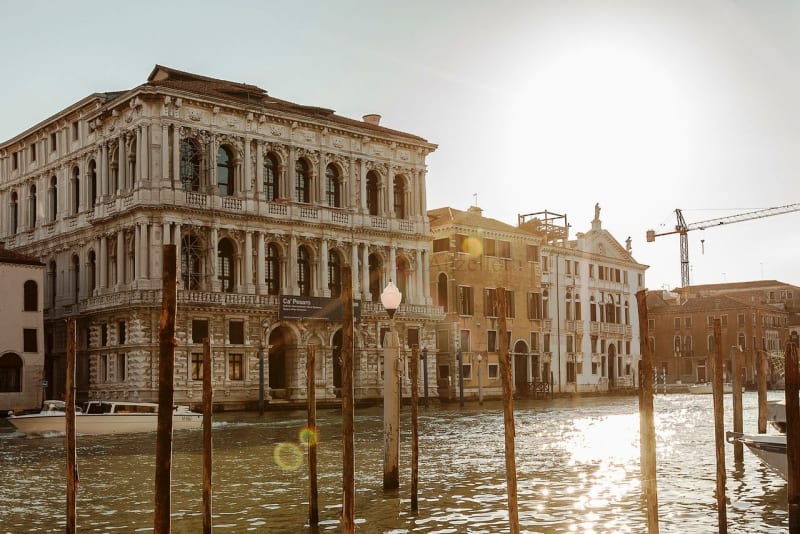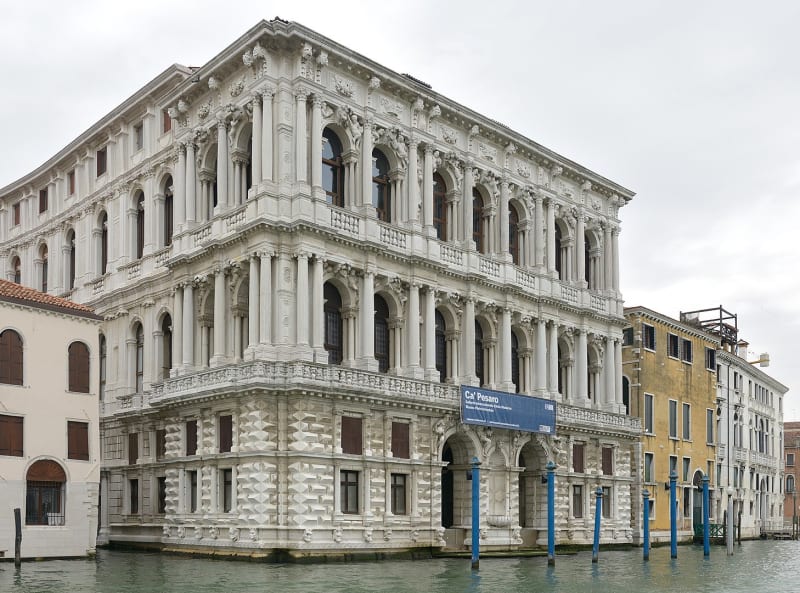Museum of the Orient in Ca Pesado
The Museum of the Orient in the Casa Pesado in Venice, established as the private collection of Prince Henry of Bourbon in 1889, became a public institution in 1928, occupying an important place in the cultural context. In 2016, the government selected this historic building to house the museum. The architectural design and the new design of the support meet all modern requirements. Now the Western public can get closer to the Eastern world, despite the media and low-cost flights, it still looks exotic and mysterious.

The prehistory of the Oriental Museum in Ka Pesado
In 1889, thirty thousand Chinese, Indonesian and, above all, Japanese objects were collected in the Vendramin Kalergi Palace in Venice. Their owner was Prince Henry of Bourbon, who had just returned from a long trip to Asia. The desire to capture and convey the spirit of local culture through his products and works of art became a kind of obsession of Henry. When he died in 1905, his wife donated the entire set to the Austrian company Trau, which sold about 10,000 items from 1907 to 1914.
State property
After the First World War, Trau's legacy was confiscated, and the collection became state-owned. The Oriental Museum in Ca Pesado was opened to the public in 1928 in Ca Pesaro: the first director was Eugenio Barbantini, who chose a very impressive setting to impress the audience. In 1937 and 1942, some objects of predominant anthropological interest were taken to the University of Padua, while the Museum of Oriental Art in Casado adapted the premises to new conservation criteria, creating a repository for storing the most delicate works of art and changing the structure.

Japanese armor
At the Oriental Museum in Ka Pesado, the first thing that fascinates visitors is the samurai armor. They were made for the daimyo (feudal lords of ancient Japan) dating back to the Edo period (1600-1868), when the Tokugawa Shogun's family (that is, the "warlords") established their authority over the entire country. Armor was rarely used in battle, but it was mostly worn during military parades that served the shogun to show his strength. Each armor consists of a helmet, breastplate, kilt, and protection for sensitive parts such as shoulder straps, sleeves, and leggings. The frame is made of patent leather and painted slats fastened with colored silk laces. In addition to Oriental Japanese culture, the Museum of Oriental Art in Ka Pesado also houses the International Gallery of Modern Art.

